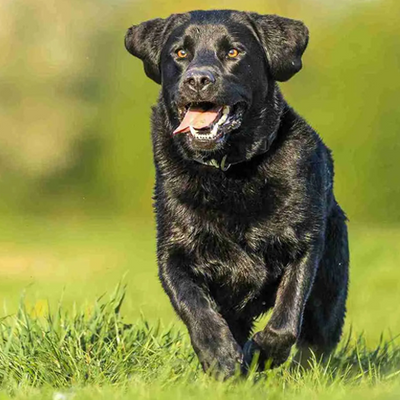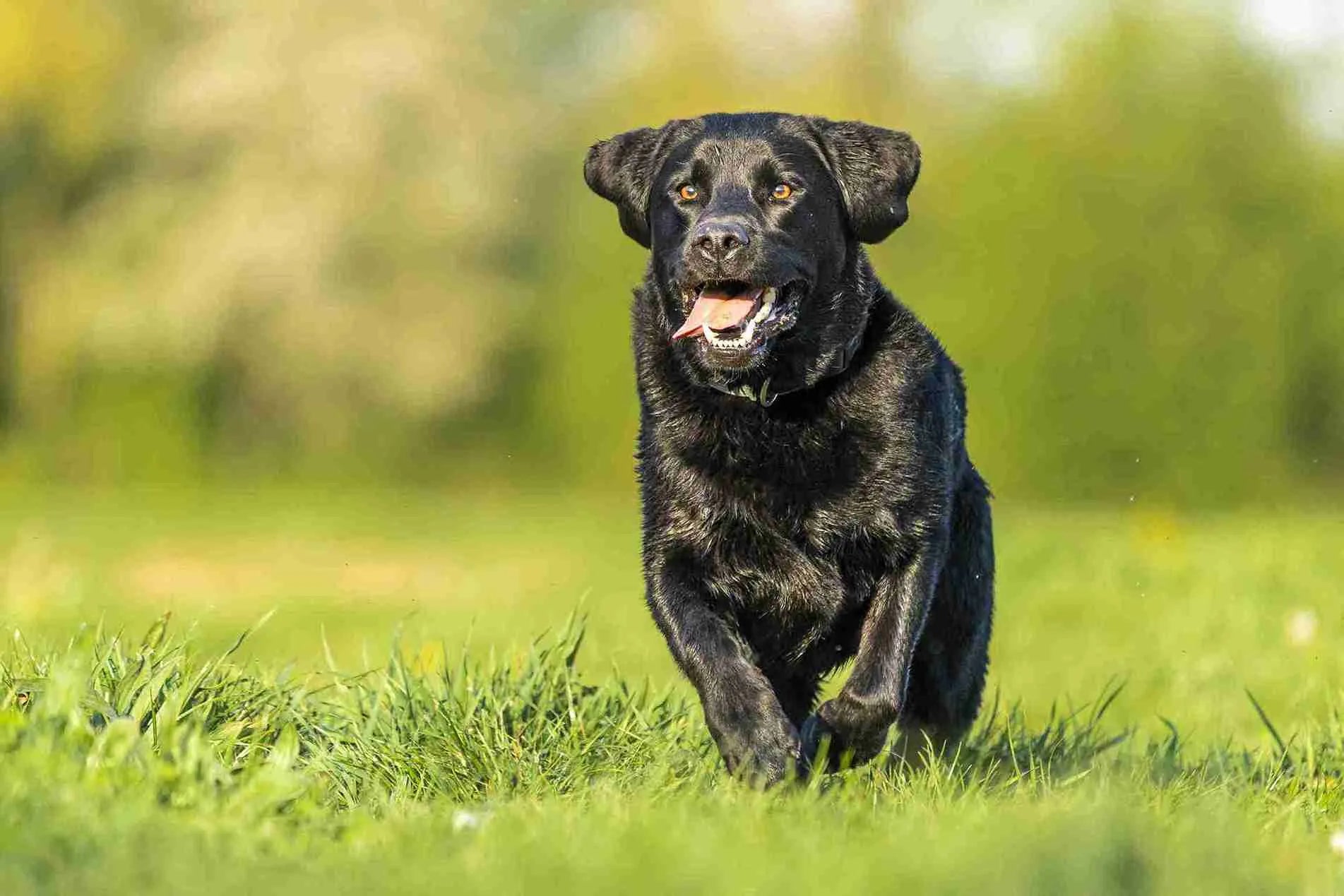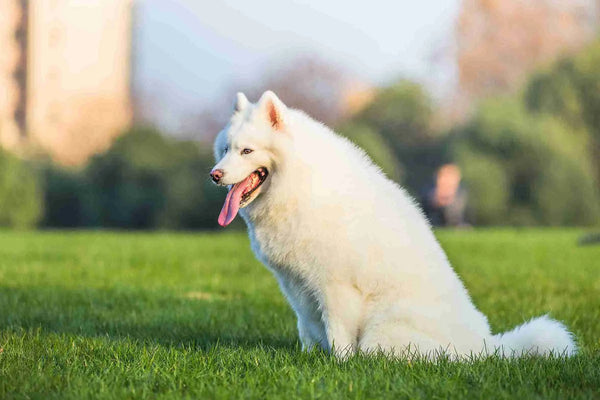Labrador Retriever
Labrador Retriever
America’s Versatile Family Favorite
1. Introduction to the Breed
The Labrador Retriever, a perennial favorite, holds the #2 spot in the 2024 American Kennel Club (AKC) rankings, having been #1 for 31 years until 2022. Known for their versatility, friendliness, and gentle temperament, Labs are beloved by families, hunters, and service organizations alike. Their adaptability and outgoing nature make them ideal for a wide range of roles, from family pets to service and working dogs.
2. History of the Breed
Originating in Newfoundland, Canada, in the 1800s, Labrador Retrievers were initially bred as fishing and hunting dogs, assisting fishermen with retrieving nets and game. English nobles later refined the breed in the UK, leading to its modern form. Recognized by the AKC in 1917, Labs gained widespread popularity for their work ethic and amiable personality, becoming a staple in American households.
3. Physical Characteristics
- Typical Size and Weight: Labs are medium-to-large dogs, standing 21.5–24.5 inches tall at the shoulder. Males weigh 65–80 pounds, while females weigh 55–70 pounds.
- Coat and Color: Their coat is short, dense, and water-resistant, coming in black, yellow (ranging from pale cream to deep gold), and chocolate.
- Distinctive Features: Labs have a broad head, expressive eyes, and a thick “otter-like” tail, which aids in swimming and balance.
4. Personality Traits
Labrador Retrievers are friendly, intelligent, and outgoing, with a gentle demeanor that makes them excellent family pets. They are highly social, getting along well with children, other pets, and strangers. Labs are eager to please, which enhances their trainability, but their high energy and curiosity can lead to mischief if not properly engaged.
5. Care Requirements
- Exercise Needs: Labs require at least 60 minutes of daily exercise, such as walks, runs, fetch, or swimming. They thrive in active households with access to open spaces.
- Grooming Needs: Their short coat needs weekly brushing to manage shedding. Regular baths, ear cleaning (due to floppy ears), and nail trimming are essential.
- Dietary Considerations: Labs are prone to obesity, so a balanced diet with measured portions is crucial. High-quality dog food suited to their age and activity level is recommended.
6. Health and Lifespan
Labrador Retrievers have an average lifespan of 10–12 years. Common health concerns include hip and elbow dysplasia, obesity, and progressive retinal atrophy. Regular vet checkups, joint supplements, and screenings for genetic conditions can help maintain their health. Responsible breeders often test for these issues.
7. Training and Socialization
Labs are highly trainable due to their intelligence and desire to please. Positive reinforcement works best, and early socialization ensures they are well-adjusted around people and other animals. Their enthusiasm can make them prone to jumping or pulling, so consistent training is key to managing their exuberance.
8. Ideal Home Environment
Labrador Retrievers thrive in active households with space for play, such as homes with yards or access to parks. They are well-suited for families with children, as well as owners who enjoy outdoor activities like hiking or swimming. Labs can adapt to suburban or rural settings but may be too energetic for small apartments unless given ample exercise.
9. Fun Facts and Best Toys for Labrador Retrievers
Labrador Retrievers possess webbed toes, enhancing their swimming capabilities and enabling them to function effectively in water.
They are purpose-bred hunting dogs with a history tracing back centuries, known for their versatility in various working roles.
Approximately 70% of all guide dogs are Labrador Retrievers, owing to their adaptable and trainable disposition.
Toys Labrador Retrievers Love
Labrador Retrievers love toys that match their high energy and retrieving instincts, engaging both body and mind. Durable chew toys made of tough material satisfy their strong chewing urges, providing 20–30 minutes of engagement, especially when stuffed with treats for added challenge. Sturdy balls for fetching are perfect for 20–30 minute outdoor sessions, tapping into their love for chasing and retrieving. Tough toys for tugging, such as the Fire Hose Stars tug toy encourage interactive play, ideal for building bonds with owners. Interactive puzzle toys with treat compartments stimulate their intelligence, keeping them occupied indoors for 15–20 minutes. Avoid flimsy toys, as Labs can destroy them quickly, posing a choking risk. Rotate toys regularly and pair with training or water-based games for maximum fun.
10. Adoption and Breeder Tips
When seeking a Labrador Retriever, choose reputable breeders who provide health clearances for hips, elbows, eyes, and heart conditions. Visit the breeding facility to ensure ethical practices and healthy conditions. Alternatively, organizations like the Labrador Retriever Club or local shelters often have Labs available for adoption. Be wary of puppy mills, as Labs are a high-demand breed prone to overbreeding.






0 comments